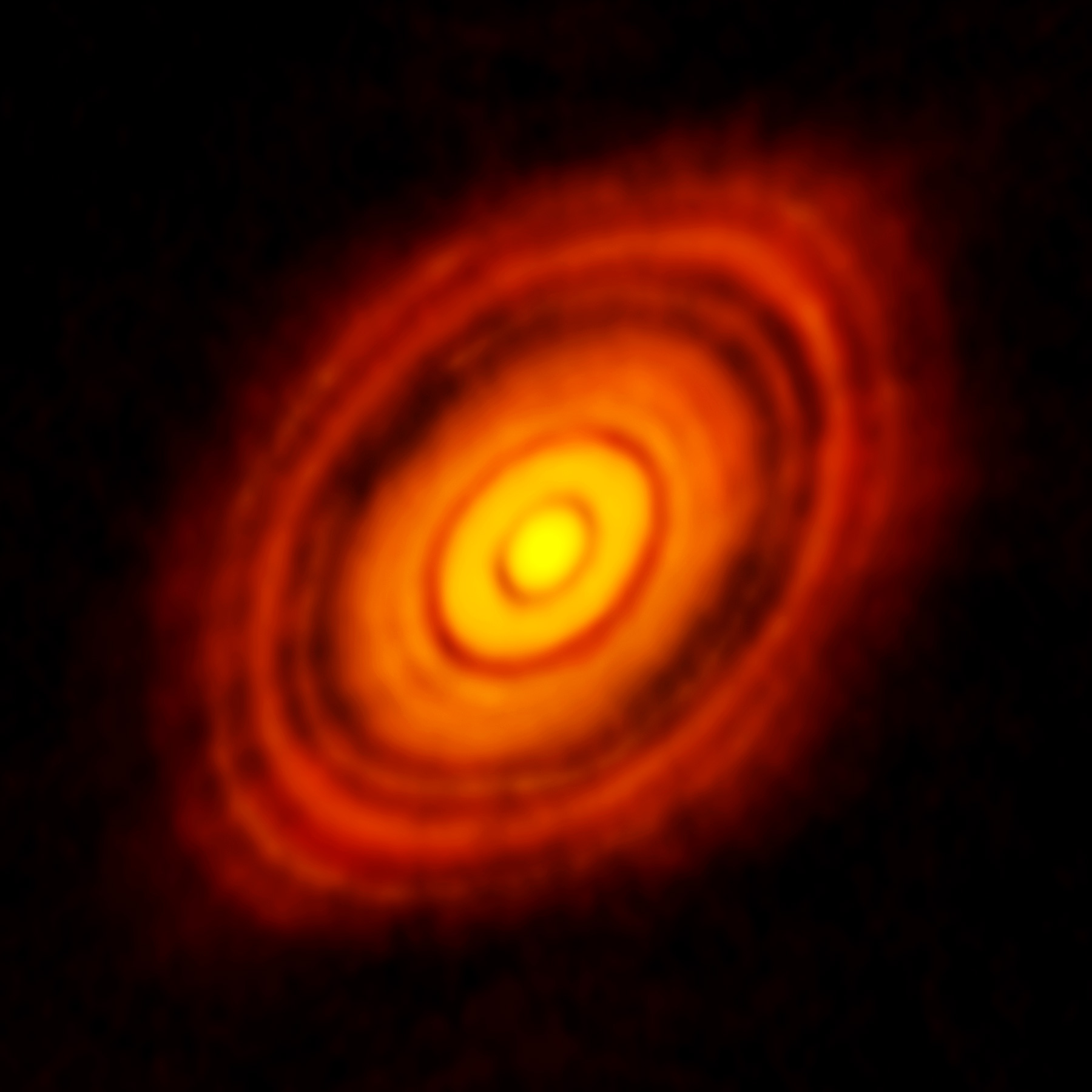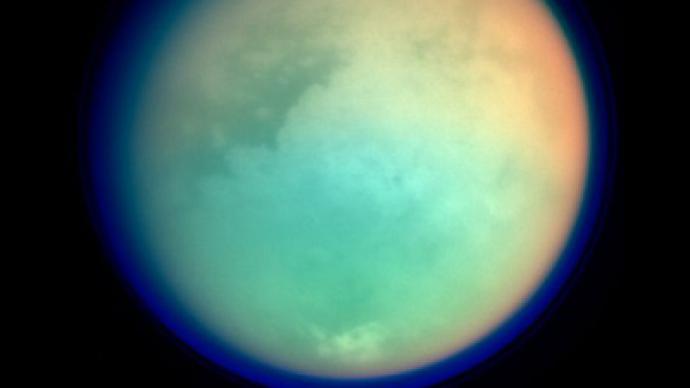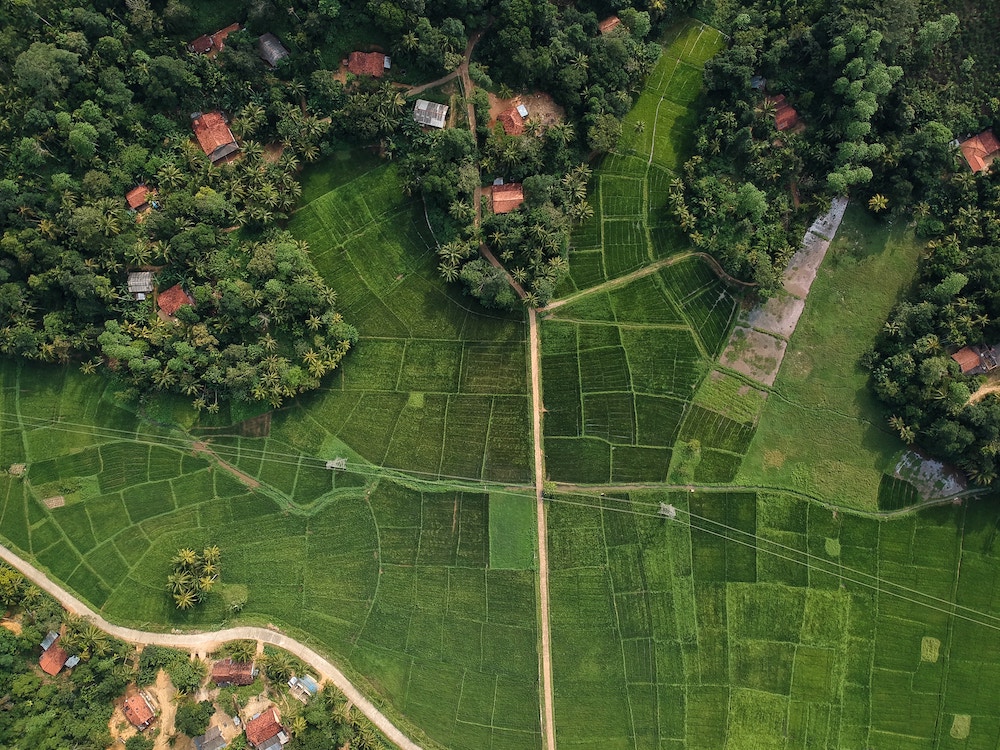Big Bang Sparks
This article has also been translated into English and published on Medium .
When summer comes to Chicago, the coast of Lake Michigan turns into a picture from a postcard. Kilometers of volleyball nets, bike paths, baseball fields and sandy beaches. Snow-white clouds in the high sky. The blue of the lake, dressed up with white dashes of boats of all types and sizes, with colorful lights, fun music and happy vacationers. And in August for three days the entire coast becomes the scene for the Air and Water Air Show.

As if this is not enough, every week, from the day of remembrance to the day of work, Navy Pier arranges fireworks. On one of these wonderful summer evenings, we visited our friend’s boat. It was just Saturday, and at the end of the party he led the boat straight to the best place under the fireworks. So when darkness fell, exotic multi-colored fiery flowers exploded around us in all directions.

Then the thought came to my slightly drunk and contented brain that I had seen something like this somewhere.
It all started 13 billion years ago. A flash of energy of tremendous power created space and immediately densely filled it with radiation and hot, opaque plasma. When the universe expanded and cooled, a separation of the main forces took place. After 240 thousand years (on a universal scale - one instant), matter was finally able to capture electrons and create the first neutral atoms - hydrogen and helium.

Space turned out to be transparent for some time, photons got the opportunity to freely fly in all directions, which they did not fail to take advantage of. Hydrogen and helium have already formed, but the stars have not yet appeared. We called this period “Dark Ages” because absolutely nothing happened for a while.
The force of gravity gradually collected gas into the clouds. In some places, the shreds of gas were tightened so tightly that the pressure triggered a thermonuclear reaction. The first stars appeared. Lighting up with brilliant lights, wherever you look, the first generation of stars lived a short but extremely fiery life. Furious burning quickly burned all the fuel, and huge blue giants began to explode in supernovae, filling the Universe with heavy elements.

But gravity did not appease. Now she was collecting stardust in galaxies. Waves of compression passed through the rotating giant discs, collecting gas and dust into sleeves that glow brightly due to the large number of powerful newborn stars. So our Sun appeared.

And this is the moment in which we now live. When night comes - in cloudless weather leave the city, look at the sky and imagine for a second that you are inside the fireworks, and someone set the time to pause. As if in slow motion, wherever you look, sparkles of burning gunpowder glow. Disks and balls of galaxies are scattered throughout the field of view. Cloud and whole curtains of colorful smoke - nebulae.

If we now restart the passage of time, in a few billion years we will see fewer and fewer newborn stars. More and more will be burnt smoke and dust. And suddenly, all of a sudden, the performance is over. A couple of relativistic streams nearby. Wherever you look, like embers in a dying bonfire, red dwarfs dimly glow. Lightly warm space extends over endless distances.

But while the show went on, it was the best show in the universe! Literally!
We rewind our film a little in the opposite direction, for a more interesting time, immediately after supernova and neutron stars filled the Universe with heavy elements.

This is the era of the reign of the second generation of stars. Thanks to a whole palette of elements in star children's rooms, this time we see the birth of not only powerful supergiants. The huge, swirling clouds of gas and dense dust around the protostars this time gather in solid particles, in cobblestones, in rocky planets.

At the beginning of life, such a newborn star system is full of asteroids flying in all directions. They merge, crash into each other at orbital speeds, create planets and moons. But it’s worth the wait a couple of hundred million years - and now almost everything that could cross - has met, the solar system is clean, as after a general cleaning. A radiant, fresh star in the center of the system floods the surface of the planet with warm rays. The magnetic fields generated by the nuclei and mantle of the planets protect them from hard radiation. As a result of chemical reactions, complex organic compounds appear.
And, in principle, our story could end there. Chemical reactions use all available elements. For eternity, the planets will heat up during the day and cool at night. The change of seasons will evaporate the lakes in the summer and freeze in the winter. We have an example of such eternity in the solar system - this is Titan.

But this did not happen on Earth. A self-sustaining chemical reaction once created a proto-life, and evolution took the baton. And soon the whole planet was covered with living beings.
In the beginning, complex organic elements provided by inanimate nature were needed to sustain life. Life, like a river mill, used the "low entropy packets" prepared for it, complex molecules, splitting them, releasing potential energy. A small initial stimulus, like the first kindled branches in a cooked fire, gives rise to a whole fiery storm.

But the plants learned to draw energy directly from the Sun. Complex ecosystems have appeared. And the more difficult life becomes, the more energy sources it can use. The more it begins to play a role, the more effectively it creates entropy. Each stage of development, each change of energy sources transforms the planet. Next up is the star system. And then - the universe itself.
If we had a special telescope that knows how to define life, and we would turn it to our universe, we would see how humanity is born. From a smoldering speck, as from a burning chip, an increasingly bright flame is kindled. From a thin layer of bacteria to the Cambrian explosion. From dinosaurs to the anthropocene.

In a show with fireworks the size of the universe, intelligence plays a special role. He lights his own lights. Intelligence changes the face of the universe with its genius and ingenuity. This is a new kind of fireworks. Fireworks signals in neural networks. Fireworks personalities. Fireworks complex communities. The universe seems to come to life, wakes up and begins to become aware of itself.
But at the very beginning there was a blinding flash. And you and I, and every living creature around us. We are all just the shining sparks of the Big Bang fireworks.

[1] www.chicago.gov/city/en/depts/dca/supp_info/chicago_air_and_watershow.html
[2] www.sciencemag.org/news/2015/06/astronomers-spot-first-generation-stars-made-big -bang
[3] www.youtube.com/watch?v=Aj6Kc1mvsdo
[4] www.scientificamerican.com/article/what-process-creates-and
[5] www.amazon.com/Restaurant-Universe-Hitchhikers-Guide -Galaxy-ebook / dp / B001ODEQCU
[6] en.wikipedia.org/wiki/Titan_ (moon)
[7] www.quantamagazine.org/a-new-thermodynamics-theory-of-the-origin-of-life- 20140122
[8] www.smithsonianmag.com/videos/category/science/what-is-the-anthropocene
When summer comes to Chicago, the coast of Lake Michigan turns into a picture from a postcard. Kilometers of volleyball nets, bike paths, baseball fields and sandy beaches. Snow-white clouds in the high sky. The blue of the lake, dressed up with white dashes of boats of all types and sizes, with colorful lights, fun music and happy vacationers. And in August for three days the entire coast becomes the scene for the Air and Water Air Show.

As if this is not enough, every week, from the day of remembrance to the day of work, Navy Pier arranges fireworks. On one of these wonderful summer evenings, we visited our friend’s boat. It was just Saturday, and at the end of the party he led the boat straight to the best place under the fireworks. So when darkness fell, exotic multi-colored fiery flowers exploded around us in all directions.

Then the thought came to my slightly drunk and contented brain that I had seen something like this somewhere.
Big explosion
It all started 13 billion years ago. A flash of energy of tremendous power created space and immediately densely filled it with radiation and hot, opaque plasma. When the universe expanded and cooled, a separation of the main forces took place. After 240 thousand years (on a universal scale - one instant), matter was finally able to capture electrons and create the first neutral atoms - hydrogen and helium.

Space turned out to be transparent for some time, photons got the opportunity to freely fly in all directions, which they did not fail to take advantage of. Hydrogen and helium have already formed, but the stars have not yet appeared. We called this period “Dark Ages” because absolutely nothing happened for a while.
The force of gravity gradually collected gas into the clouds. In some places, the shreds of gas were tightened so tightly that the pressure triggered a thermonuclear reaction. The first stars appeared. Lighting up with brilliant lights, wherever you look, the first generation of stars lived a short but extremely fiery life. Furious burning quickly burned all the fuel, and huge blue giants began to explode in supernovae, filling the Universe with heavy elements.

But gravity did not appease. Now she was collecting stardust in galaxies. Waves of compression passed through the rotating giant discs, collecting gas and dust into sleeves that glow brightly due to the large number of powerful newborn stars. So our Sun appeared.

And this is the moment in which we now live. When night comes - in cloudless weather leave the city, look at the sky and imagine for a second that you are inside the fireworks, and someone set the time to pause. As if in slow motion, wherever you look, sparkles of burning gunpowder glow. Disks and balls of galaxies are scattered throughout the field of view. Cloud and whole curtains of colorful smoke - nebulae.

If we now restart the passage of time, in a few billion years we will see fewer and fewer newborn stars. More and more will be burnt smoke and dust. And suddenly, all of a sudden, the performance is over. A couple of relativistic streams nearby. Wherever you look, like embers in a dying bonfire, red dwarfs dimly glow. Lightly warm space extends over endless distances.

But while the show went on, it was the best show in the universe! Literally!
The coals of life
We rewind our film a little in the opposite direction, for a more interesting time, immediately after supernova and neutron stars filled the Universe with heavy elements.

This is the era of the reign of the second generation of stars. Thanks to a whole palette of elements in star children's rooms, this time we see the birth of not only powerful supergiants. The huge, swirling clouds of gas and dense dust around the protostars this time gather in solid particles, in cobblestones, in rocky planets.

At the beginning of life, such a newborn star system is full of asteroids flying in all directions. They merge, crash into each other at orbital speeds, create planets and moons. But it’s worth the wait a couple of hundred million years - and now almost everything that could cross - has met, the solar system is clean, as after a general cleaning. A radiant, fresh star in the center of the system floods the surface of the planet with warm rays. The magnetic fields generated by the nuclei and mantle of the planets protect them from hard radiation. As a result of chemical reactions, complex organic compounds appear.
And, in principle, our story could end there. Chemical reactions use all available elements. For eternity, the planets will heat up during the day and cool at night. The change of seasons will evaporate the lakes in the summer and freeze in the winter. We have an example of such eternity in the solar system - this is Titan.

But this did not happen on Earth. A self-sustaining chemical reaction once created a proto-life, and evolution took the baton. And soon the whole planet was covered with living beings.
In the beginning, complex organic elements provided by inanimate nature were needed to sustain life. Life, like a river mill, used the "low entropy packets" prepared for it, complex molecules, splitting them, releasing potential energy. A small initial stimulus, like the first kindled branches in a cooked fire, gives rise to a whole fiery storm.

But the plants learned to draw energy directly from the Sun. Complex ecosystems have appeared. And the more difficult life becomes, the more energy sources it can use. The more it begins to play a role, the more effectively it creates entropy. Each stage of development, each change of energy sources transforms the planet. Next up is the star system. And then - the universe itself.
If we had a special telescope that knows how to define life, and we would turn it to our universe, we would see how humanity is born. From a smoldering speck, as from a burning chip, an increasingly bright flame is kindled. From a thin layer of bacteria to the Cambrian explosion. From dinosaurs to the anthropocene.

In a show with fireworks the size of the universe, intelligence plays a special role. He lights his own lights. Intelligence changes the face of the universe with its genius and ingenuity. This is a new kind of fireworks. Fireworks signals in neural networks. Fireworks personalities. Fireworks complex communities. The universe seems to come to life, wakes up and begins to become aware of itself.
But at the very beginning there was a blinding flash. And you and I, and every living creature around us. We are all just the shining sparks of the Big Bang fireworks.

[1] www.chicago.gov/city/en/depts/dca/supp_info/chicago_air_and_watershow.html
[2] www.sciencemag.org/news/2015/06/astronomers-spot-first-generation-stars-made-big -bang
[3] www.youtube.com/watch?v=Aj6Kc1mvsdo
[4] www.scientificamerican.com/article/what-process-creates-and
[5] www.amazon.com/Restaurant-Universe-Hitchhikers-Guide -Galaxy-ebook / dp / B001ODEQCU
[6] en.wikipedia.org/wiki/Titan_ (moon)
[7] www.quantamagazine.org/a-new-thermodynamics-theory-of-the-origin-of-life- 20140122
[8] www.smithsonianmag.com/videos/category/science/what-is-the-anthropocene
